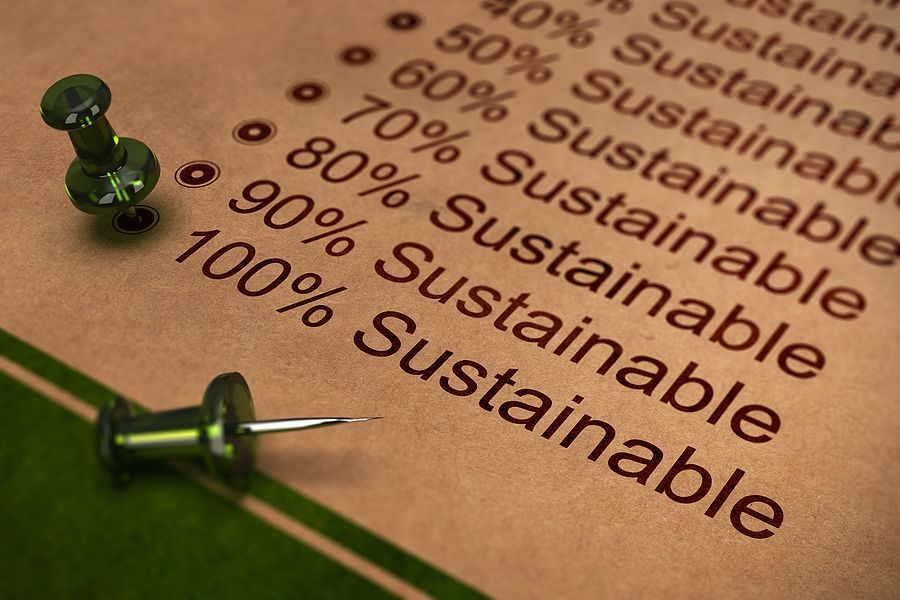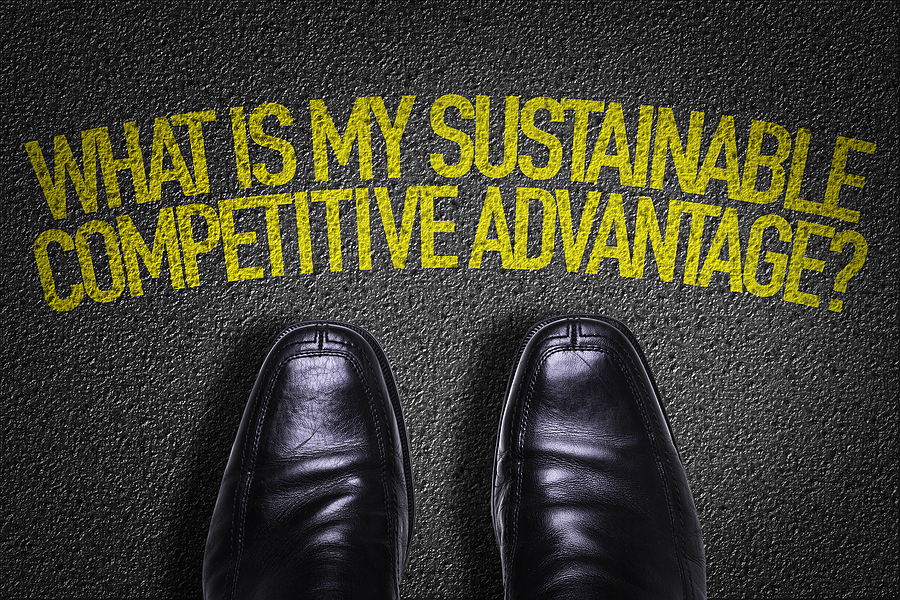
Authoring the Next Chapter in the Future of Food
September 13th, 2024 Posted by Emergent Behavioral psychology, Brand Activism, brand advocacy, Brand Beliefs, brand marketing, brand messaging, Carbon footprint, change, Climate Change, Fermentation, Greenhouse Gas, Higher Purpose, Precision Fermentation, storytelling 0 comments on “Authoring the Next Chapter in the Future of Food”Is it time for a re-stage?
In 2021 and ’22, nearly every month in the food and environmental trades there was another announcement of a Series “pick the letter” closing as hundreds of millions in capital raise flooded the “start-up” march to glory on the road to solve the future of food.
- The philosophical underpinnings of this wave of new brands and businesses was based on a profound new, powerful understanding that the food system as we know it is a significant actor in the carbon emission contributions to global warming from agricultural sources.
New technologies promising exact replicas (bioidentical) of animal-based proteins with no taste or eating experience sacrifice operated like magnets, drawing private equity and VC funding right and left as investors labored to spread their risk across a broad swath of promising players. Their hope to land on some commercialization and scaling magic that would amply reward investors who searched for the next Golden Goose headed for the animal-free protein hall of fame.
It often felt like a crusade to save humanity by remaking where food comes from in ways never before imagined. Meanwhile the nascent plant-based meat proteins marketplace was further along its journey and about to explode as Beyond Meat unveiled its now famous claim of “Plant-Based Meat for Meat Lovers” to lure in a non-vegan, larger audience of early adopters. It was an audacious claim of decadent hamburger eating experience but crafted from plants. The other not-so-recognize-able ingredients in this highly processed product would later surface critically as a drag on its healthier premise.
The plant-based protein hype machine in full throat fomented a wave of channel expansion into fast food, mass grocery retail. Of note the rapid moves into mass distribution may have been il-advised when the core audiences of these behemoth retail outlets were populated with consumers driven more so by pocketbook issues than the loftier cries to reduce carbon emissions from food creation.
- When certain consumer cohorts are less enamored with the environmental goals, they can be more sensitive to the price premium “ouch” and less tolerant of any sacrifices in taste or texture of a food you’ve been in love with for most of their lives. Impact of this on repeat purchase velocity, a prime indicator of stickiness in the core value proposition, became self-evident.
Know thy market?
In a crusade to rapidly change the world’s eating habits, over-reach ensued with large cap CPGs, QSR restaurant chains and other patrons of the mass market love jumping on the plant-based bandwagon to either launch a subpar knock-off product or grab a new menu board item to wave in front of consumers in the midst of a media storm that trumpeted the rise of plant-based solutions as ‘better for you’ – with a side order of less taxing to the environment.
All well and good and yes, the number of consumers who care about sustainability has been rising for years. Still important to consider the core user base for these premium food choices is found in higher income, higher education household zip codes where people are more intrinsically inclined to support the global warming story — while looking past the price premium and not-quite-the-same eating experience. Had the early category moves been more respectful of channel and audience selection, some of the inevitable over-the-cliff fiasco on sales volume draw down might have been avoided.
An eco-system of Confirmation Bias inhabitants drives the future-food ship
The near zero Federal funds rate pushed dollars on the hunt for an investment home in new directions. This coincided with a ramp up in media attention to global warming impacts, and the role agriculture plays in contributing emissions (especially from livestock). The emergence of various technologies like precision and biomass fermentation and cell-cultured protein creation swarmed the decks of a start-up tsunami fueled by ample funding to go around.
Stirring this pot is an eco-system of attorneys, bankers, VC’s, distributors, pundits and alt. protein convention companies all with a stake in the future food pie, helping promote expansion, while simultaneously encouraging new combatants to join the fray. One look at the aggregate logo farm on convention web sites of investors, suppliers, brands and supporting actors promised a form of ‘more is better’ while the line-up to secure capital infusions got longer.
According to the Bureau of Labor Statistics, there are now somewhere in the range of 500,000 new startups every year, much of this an outcome of investment flow and the growing availability of contract manufacturing that lowers the capital cost bar of entry.
Kaboom!
Lots of noise, a friendly media spotlight, ambitious environmental virtue signaling that the future of food was about to flip — all fueled by escalating global emissions and rising temperatures moving at a record busting pace threatening to disrupt life as we know it, especially in the southern hemisphere.
Then poof!
Beyond Meat’s decision to access public markets with a stock offering also created a high level of scrutiny on performance reporting, with cracks in the veneer starting to show as questions swirled about ingredients, processing, taste, cost and whether or not these products were actually better for you. This analysis caught up alongside the erstwhile decisions to jump the new category development shark by entering broad market retail and QSR distribution (too) early. The false positive of rapid volume growth slammed up against a souring media climate and wave of consumers who had less at stake in the plant-based protein promise.
The shift in results met with a media whip that questioned, “is the plant-based meat party over?” The net effect of all this had a dampening impact on all corners of the emerging proteins marketplace, while inflation pushed the cost of money up. Investment slowed and suddenly the emerging brand players were confronted with decisions on mitigating cash burn. Horns pulled inward and the entire innovation train quickly slowed. The push towards market launches with it now moving at golf cart speeds, while the mechanics of survival of the fittest had its way.
Truth remains inescapable
- Has climate change stopped? No, it is accelerating.
- Has the repurposing of valued Amazon rainforest for raising livestock reversed? No, it is expanding.
- Has food somehow become less of a contributor to global warming? No, it continues.
- Has the promise of proteins made without an animal become less relevant? No, it is an important tech development that deserves to win.
- Is it conceivable the expanding demand for protein based on world population growth will outstrip the conventional supply system? Yes, we need better, more efficient way to make proteins to nourish a world with 10 billion souls by 2050.
The biggest barrier to successful commercialization of new food tech?
Most will argue it’s the lack of manufacturing infrastructure to make these fermentable proteins at scale to both lower prices to parity with legacy products while producing in sufficient volume to be a reliable, viable replacement. That’s a real challenge. One that desperately calls for government support to speed up the development of fermentation manufacturing capacity. Yet I would counter there’s ample proof that major shifts in technology that impact consumer behavior and perceptions can inadvertently form a stalwart block to change, if not addressed with skill and strategic consideration.
When the capital flow started to slow in emerging brand land, so did the efforts to effectively educate the world about the who, what, how and why of these new food solutions. You can’t just show up one day and say here’s meat and dairy made without an animal that’s not plant-based, but is exactly the same as the animal version only more sustainable.
First question: is that even possible?
Second: How did you do it?
Third: is it safe?
Fourth: will I like the taste?
Fifth: can I afford it?
Sixth: does this mean conventional meat and dairy goes away? What about farmers?
Complicated messages about things people aren’t familiar with runs a chance of falling flat right out of the gate. Perceived risk is a killer of innovations that don’t find early footing. People will not tolerate a substandard experience.
Time for a restage, restart, recommitment to authoring the future of food
The negative baggage trailing plant-based meat is unfortunate. It sent a chilling effect across the entire alt. protein investment landscape. The cooling became circular as shelf presence narrowed while people returned to their traditional food buying grocery list habits.
No, it’s not over by any means. But this whole future of food engine needs a restart. The fundamentals of why it must happen aren’t weaker. That said we’re talking about food here, and food is a uniquely emotional category. The bar for safety, health, taste, texture and cost is higher for anything people put in their bodies.
There needs to be a collective meeting of the minds on how to talk about and romance these new foods in a way that’s respectful of how people behave and make decisions. Too many brand cooks in the messaging kitchen and you have chaos on how the story is told. Organizations like the Precision Fermentation Alliance need proper funding and experienced marketing guidance on how to package and present the story (insight research) about a better way to make proteins, while managing consumer expectations and reservations. No, Founder intuition won’t solve this.
A word to the wise: adapt to changing food culture
Historically, America’s beginnings with a north European immigrant base led by England, Ireland and Germany brought generally brand cuisines to our shores that later collided with America’s industrial complex built on cheap, fast and efficient. What did we get? Fast food, TV dinners, microwaveable meals and industrialized processing. Now comes a sea change…
Live to eat vs. eat to live
A massive makeover in how we view food is in motion, and the emergence of foodie culture once reserved for high income households has democratized with the Food TV network, food trucks, chef driven fast casual, sensory appreciation, and a realization that food is integral to human bonding. Thus, why cuisine exploration, meal preparation, experiences has spawned an unprecedented interest in better ingredients, creativity, craftsmanship and slower paced meals. America’s preoccupation with capitalistic efficiency personified in McDonald’s is evolving with new culinary infusions:
France – croissant and coq au vin
Italy – pasta and prosciutto
Japan – sushi and ramen
Food is an adventure
When we move to the most significant change in where food comes from since agriculture was invented 10,000 years ago, the context we build around food experience walks alongside the important story of sustainability, carbon emissions, natural resource consumption, land use and better farming practices. Ultimately leading with the mouth and heart before head, it is incumbent on future food to embrace the moral static of the right way to live.
People need something to believe in and we can provide that by building a better food world with new rules. Changing behaviors will lead to changes in beliefs. To get to behaviors we would be well advised to cast a net in taste adventures and culinary creativity while being careful to navigate around any perception of mechanized, highly processed, industrial friendly efficiencies. Lean into science and you’ll lose people in a heartbeat. The questions we’ll be tasked to answer: will people rave about the new food products we create? And in doing so will it change their expectations about what’s possible.
You never get a second chance to make a first impression, so how it starts is meaningful. That said the time to start is NOW. Prepping the beachhead won’t happen overnight. Laying track now to get the world comfortable, even looking forward to what’s coming, is essential.
If this discussion got you thinking about the future of food, us the link below to ask questions. If a robust dialogue ensues, we will do a follow-up story.
Looking for more food for thought? Subscribe to the Emerging Trends Report.
Bob Wheatley is the CEO of Chicago-based Emergent. Traditional brand marketing often sidesteps more human qualities that can help consumers form an emotional bond. Yet brands yearn for authentic engagement, trust and a lasting relationship with their customers. For more information, contact Bob@Emergent-Comm.com and follow on Twitter @BobWheatley.








